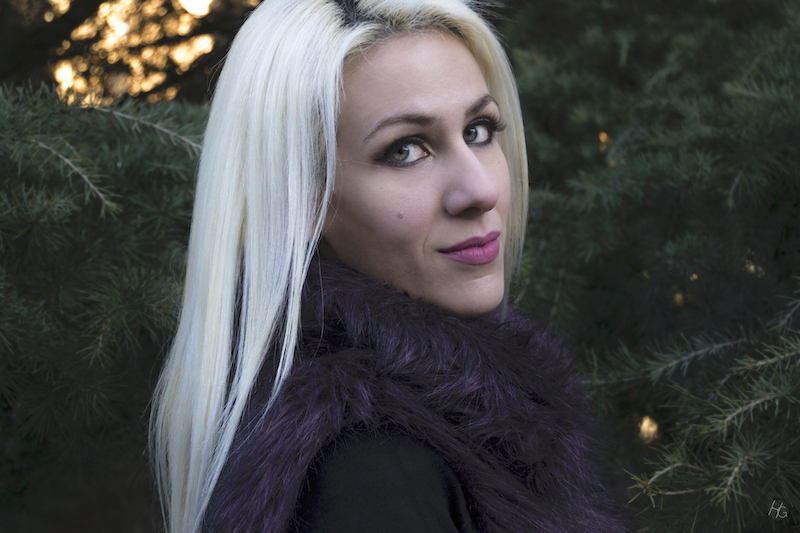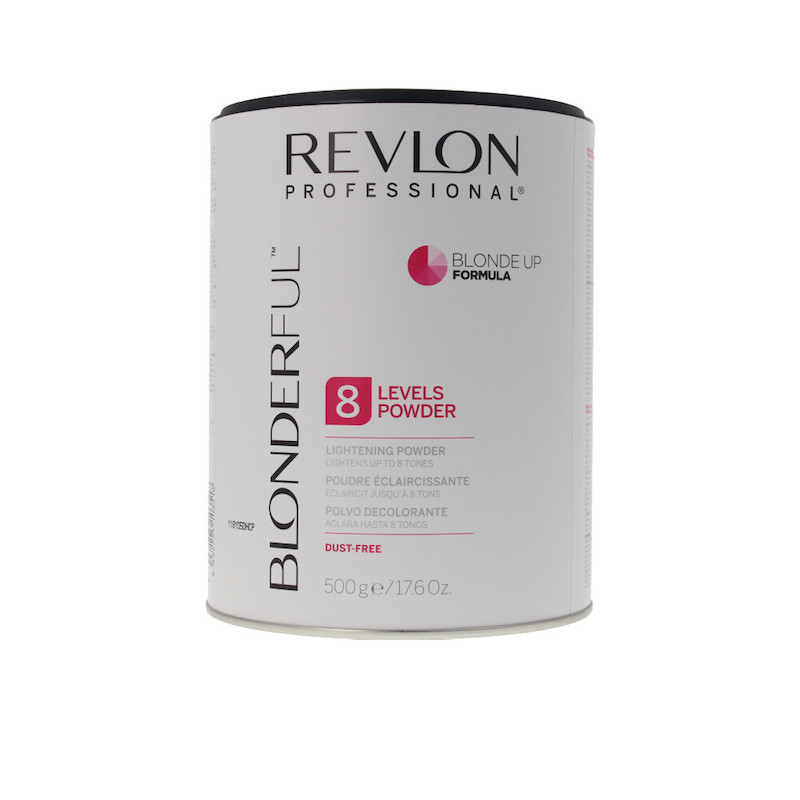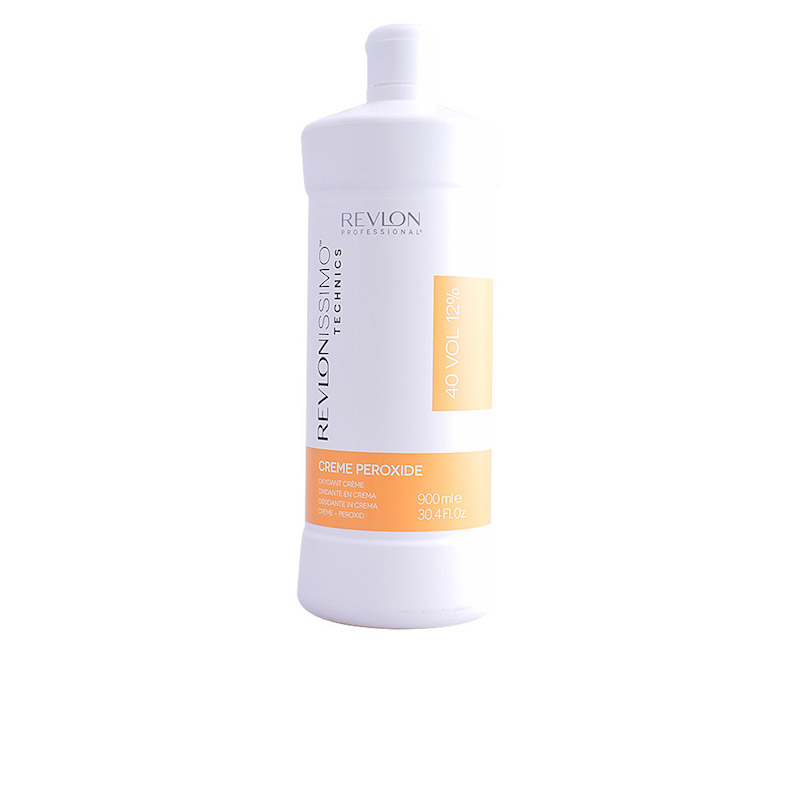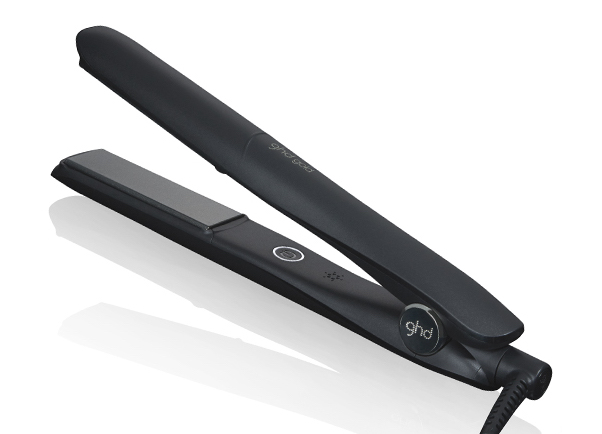
Whether you have highlights, bleaching or a nice platinum blonde, even if you are simply considering bleaching but not done yet, in this post I teach you how to take care of hair bleached hair. These are the 5 tips that have helped me to have healthy hair despite the damage caused by bleaching.
Tips for caring for bleached hair:
1. Invest in top quality bleaching products.
Usually, bleaching is done in a beauty salon, because the process can be somewhat delicate, and normally in these places they use professional products used correctly. Remember that to bleach your hair you need two products: developer and bleaching powders.
Bleaching powders that do not damage hair
Whether it depends on you or not, you should know that there are several types of bleaching powders, some more aggressive than others. Some brands, for example, sell bleaching powders with keratin, which are much softer on the hair fiber.
developer that does not damage hair
Also keep in mind that you should use the lowest developer you can to damage your hair as little as possible. In this article you can read which developer to use for bleaching, depending on each case.
Also the volume of developer used and the exposure time are key factors so that the bleaching process is as less aggressive as possible. The greater the volume of developer and the exposure time, the more damage it can cause to the hair. It is best to use water of 20 or 30 volumes and leave the water of 40 for cases where it is really needed and the hair can withstand it.
My favourite recipe for bleaching? Ammonia-free bleaching powders with developer of as low a volume as possible, e.g. 20.
Remember that using products that are not suitable for your hair type can leave it brittle, chewy in texture or even break it.
Since I bleached my hair I have tried a lot of brands, and I would have a hard time saying which is the best. In general I have noticed that the hair is less brittle with products without ammonia, but other than that there are no abysmal differences between different brands. To give you an example, for a while I was buying the bleaching powders and developer of Revlon that I leave below. I found them quite good, and the brand is trustworthy but not too expensive.
The developer you see is 40 volumes, but if you can find others of 20 or 30 that lift you up enough, do it. The lower the developer, the less damage the hair.
2. Don’t discolor more than necessary.
The best thing for hair is obviously a wide interval between application, because it has more time to recover from damage. However, this is tricky if you have a dark hair base, as the roots will be noticed right away. The ideal is to find a balance between letting the hair “breathe” and not letting the root grow too much, since the effect is unaesthetic.
When I wore platinum or white hair, I practically tried to endure as much as possible between bleaches to keep it as healthy and cared for as possible. And so you can see the root it carried! But it was the only way to maintain such a fragile color.
In addition, at this particular time it was not only bleaching. Then he always applied an ash hue to remove the yellow from the hair, so the damage was somewhat greater.

In the photo you see above, it did not have any kind of nuance, only bleaching, with which the hair was somewhat more careful. What he did use was a violet shampoo to remove a little yellow tone.
3. Masks and styling products for bleached hair.
Masks are absolutely necessary to care for hair after bleaching. It is not enough to apply them once a week but in each wash.
On the other hand, all oil-based products to apply in the styling phase are very useful: serums, oils, etc.
Thirdly, the use of heat protectants is also essential for hair damaged by bleaching.
At this point, there is one thing you have to keep in mind: bleaching is a chemical and artificial process, and to counteract its effects you will need powerful nutrients.
I remember that I always try to take care of my bleached hair naturally, with products of organic origin, etc. But unfortunately, they generally do not have sufficient capacity to cope with discoloration damage. As much as they sell us the natural organic roll, the truth is that for certain cases where the hair is strongly damaged, the only way to maintain or recover it is through quality products.
I recommend this article about the best products for bleached hair if you want product ideas and brands for bleached hair.
4. Appliances with heat.
You should try to minimize the use of dryers, irons, tongs and any other heating appliances. The last thing we want in this case is to burn even more the already weakened capillary structure, but if you have to, as we said in the previous point, do not forget a thermal protector.
Again, if you want ideas about specific products, for this, you will find it in the post about products for bleached hair.
But how to take care of hair with bleaching and wear it well combed? As a general recommendation, if it is really necessary to use an iron or tongs, I would tell you to use only quality products. If you wear bleached hair, your hair is special and deserves special treatment. Most people wear their hair undyed or dyed. Discoloration is a delicate process that is not available to everyone. That’s why you need extra care.
Although I always say that quality does not have much to do with price, for heat tools the truth is that the best for me are GHD. In my opinion, they are not exactly cheap, but so far I have not met any other brand with the same quality. The GHD Gold Styler hair straightener was released at the end of 2020 and it’s like their basic straightener.
What I like about all GHD irons is that they give a very polished finish, but the hair does not end up dry after the styling session. Which is highly recommended if you wear bleached hair. Anything that helps us keep our hair hydrated and fight dryness and breakage is great.
5. Frequency of washing.
After bleaching, the hair becomes drier and more porous, so the washing rhythm will change. In some cases you will notice that the hair is flexible, gummy. They are some of the most damaging effects of discoloration.
At this time, the hair is not going to need as frequent a wash as a hair without bleaching. In addition, each wash will dry it out a little, so it is best to wash it only when necessary to keep it clean.
You will surely notice that when you wash your hair the first day it is drier and more porous than usual. It depends on the level of damage to the hair: it is not the same if you wear finite highlights than a complete bleaching, but the idea is the same: washing will dry out the hair.

How to take care of bleached hair: My experience with bleaching
These tips are based on my personal experience with bleaching, after many, many years with it. I have worn platinum blonde hair, light blonde and highlights.
If you follow these tips you will see that maintaining healthy bleached hair is possible. I hope this has been useful if you are looking for how to care for bleached hair. The truth is that you just need to pamper it, observe it and adapt to what it needs. Whether you’re wearing highlights, platinum blonde, or a fancy color, nothing stops you from wearing the hair color you like!
In addition to this, I would like to consider another alternative in case the bleached hair is really damaged, which would be hair extensions. By using clip extensions you would get less damage to natural hair, and wear it shorter so that it regenerates. In this article about my experience with natural hair extensions I tell you all about them.
In this video I tell you my favourite products to care for hair with highlights, but they also serve if you wear bleaching or have hair damaged by the use of dyes.
Follow me on Facebook to find out about new posts and read the best beauty tips.
Kisses and see you soon!
Deliria Rose






6 thoughts on “How to take care of bleached hair”
Comments are closed.